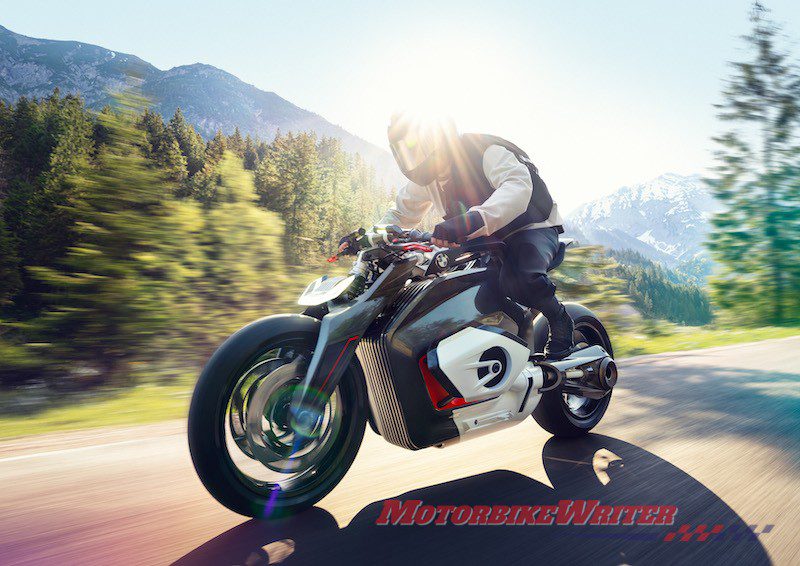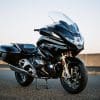BMW Group has announced an electromobility milestone of one million electrified vehicles on the roads by the end of 2021.
However, electric BMW motorcycles are still some way off, according to BMW Motorrad spokesman Tim Diehl-Thiele.
The electromobility milestone was announced by board chairman Oliver Zipse at this week’s Frankfurt Motor Show claims BMW was “at the forefront of electromobility”.
“No manufacturer has delivered more electrified cars to customers in Germany so far this year than the BMW Group. In Norway, three out of every four new BMW Group vehicles sold have an electrified drive train,” Oliver said.
No rush
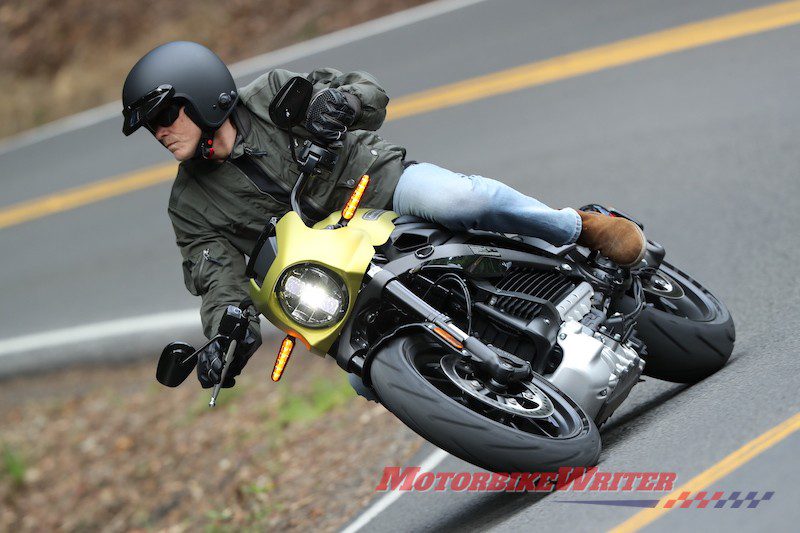
Unlike Harley-Davidson, which has already launched their full-size electric LiveWire motorcycle, BMW Motorrad is not rushing in.
But the Bavarian company has not been inactive in two-wheeled electrics:
- BMW launched their electric c Evolution maxi scooter in 2014;
- They unveiled the eRR electric sports bike in 2015;
- Earlier this year filed for a patent for an electric scooter with a roof; and
- In June they unveiled a Vision DC Roadster with a boxer-style electric motor (image at the top of this article).
“Electromobility will be very important in the future of motorcycling,” Tim says.
“As a next step, BMW Motorrad’s electric products to come will focus on e-mobility especially in urban environment.”
By e-mobility we expect he means electric bicycles and scooters like the Lime scooters we see around many cities these days, not full-sized scooters like the c Evolution.
“When developing these products, the fact that BMW Motorrad can call on the great expertise of the BMW Group in the area of electromobility creates a unique advantage in competition. And that from a technological as well as from a business point of view,” Tim says.
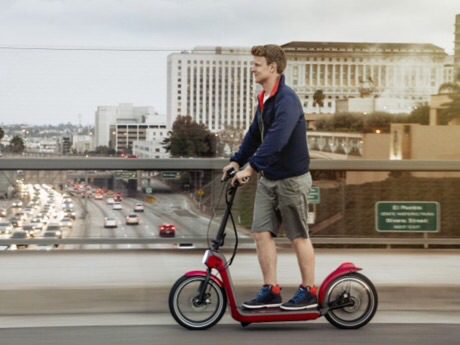
Electric BMW bikes
“If we look further ahead, electromobility will clearly play an important role in the motorcycle sector as well.
“A prerequisite for this especially in the leisure and often on long trips far away from the city using motorcycles is an evolving battery cell technology and a future growing density of charging stations.
“On the basis of this expected progress in ranges and charging infrastructure, other segments will also be electrified at BMW Motorrad.”
There have been many electric motorcycles and scooters from start-up companies, the biggest being Zero Motorcycles who pulled out of Australia in 2017.
The Harley LiveWire is the first full-size electric road motorcycle from a traditional motorcycle manufacturer.
The now-axed Victory Motorcycles slapped their brand name on an electric Brammo in 2015, but it wasn’t their product.
Like BMW, Honda has produced electric scooters, while Yamaha and KTM have a couple of small electric trail bikes.
Focus on electric cars
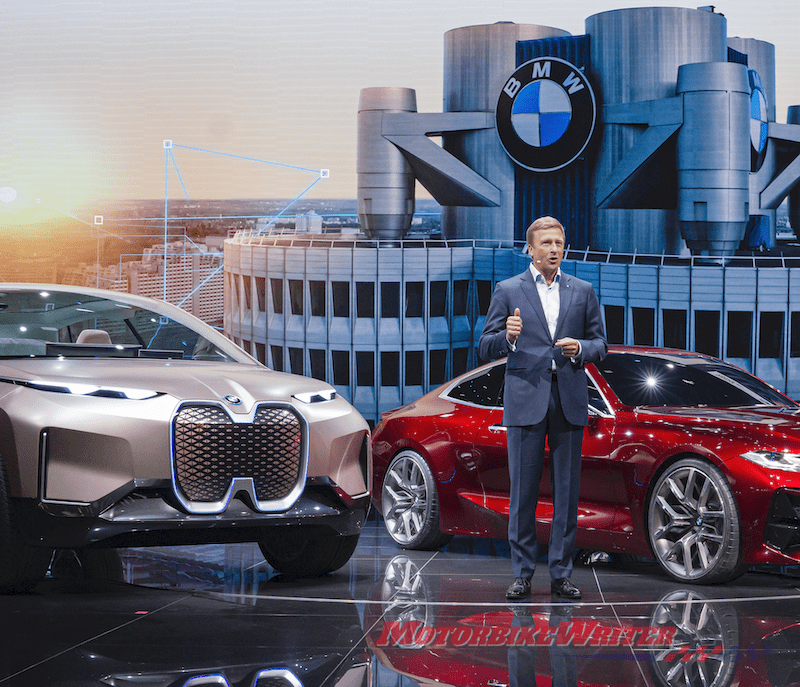


BMW expects electromobility to develop at different rates around the world – due to the differences in infrastructure, customer driving profiles and political frameworks.
They expect customer demand for electric vehicles of more than 50% of new vehicle registrations in China’s premium segment by 2030.
Europe ands the US are expected to be about half that number.
Oliver told the motor show audience that BMW would not only have conventional engines, but also battery-electric drive trains, plug-in hybrids and hydrogen fuel-cell vehicles suitable for long distances.
BMW will launch a test fleet of fuel-cell vehicles in 2022 and present the BMW i Hydrogen NEXT development vehicle later this year.
A promised 25 electrified models previously announced for 2025 will now be available two years earlier with more than half fully electric.
“We aim to reduce emissions significantly,” Oliver says.
“To realise this, we must concentrate on areas where we can achieve the greatest impact. We are therefore focusing on the question: Which drive trains, technologies and services will our customers want in the future? And how can we achieve the best outcome for climate protection? One thing is clear: We are committed to the Paris Climate Agreement.”


